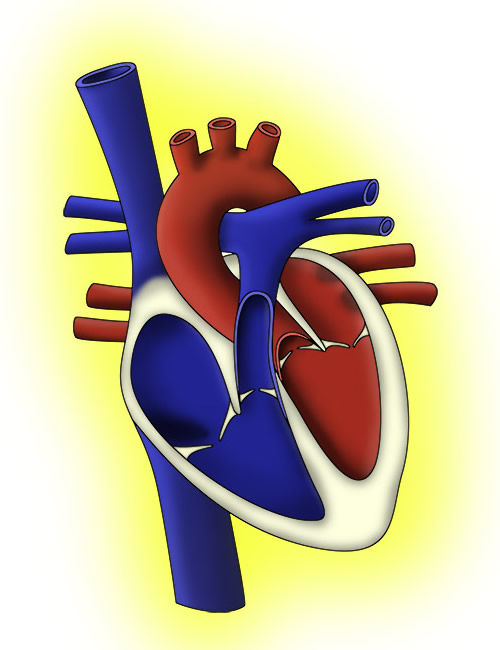
There are many causes of dysfunction of the circulatory system. This includes the numerous causes of shock as well as other cardiovascular disorders such as arrhythmias.
Shock is defined as a generalised state of tissue hypo-perfusion. It is an important concept to understand because although it has many causes, the clinical syndrome of shock has common symptoms and signs. If you are able to recognise these features early, further deterioration may be avoided. Progression of shock can lead to multi-organ failure and cardio-respiratory arrest. This chapter will define and discuss the management of shock.
